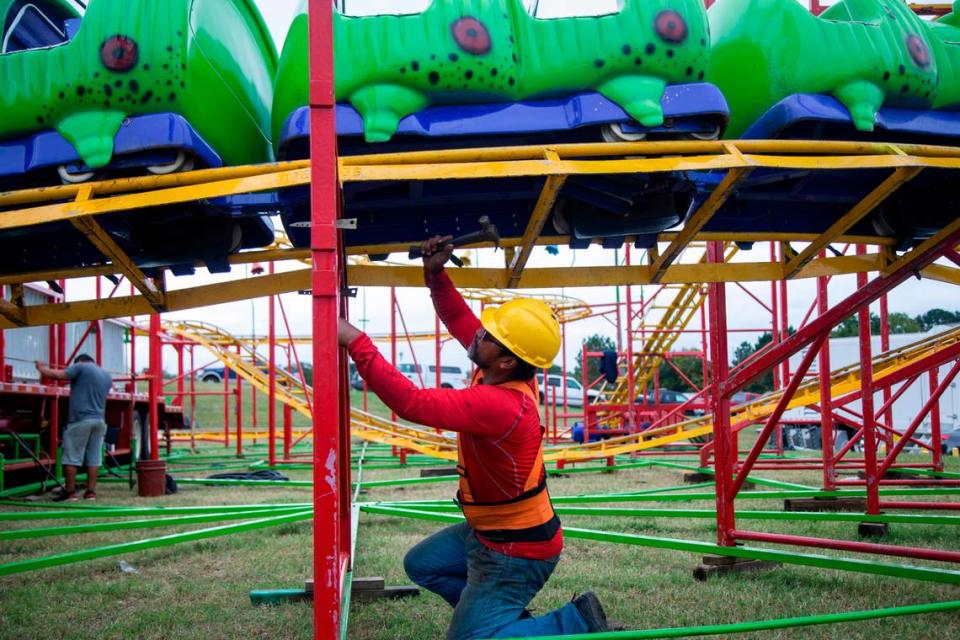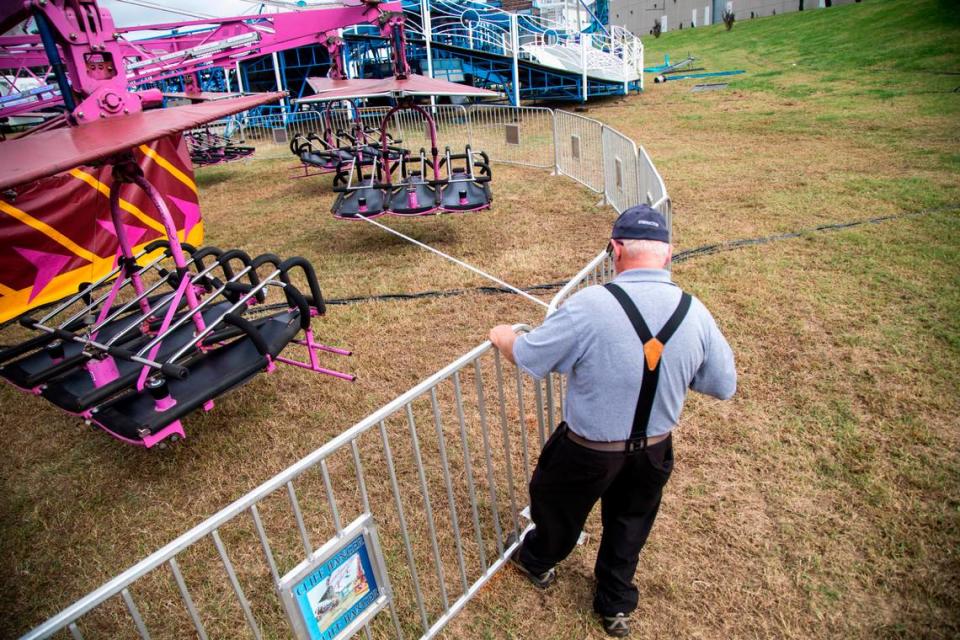How safe are the rides at the NC State Fair? What to know about the inspection process
The North Carolina State Fair is returning to Raleigh, bringing in hundreds of thousands of people to the fairgrounds from Oct. 12-22.
It’s one of the largest multi-day events in the state with dozens of roller coasters and carnival rides, including four new ones, open for people of all ages.
But what protocols are in place to make sure each one is safe before and during the fair?
Ride safety at N.C. State Fair
Ride safety has been a concern for many across the country after several reports of amusement park ride damages, malfunctions and other issues, including the Carowinds’ roller coaster in Charlotte that was shut down because of a cracked pillar.
While the rides at Raleigh’s fair are only up for a short time, every one undergoes a thorough inspection process every year ahead of opening day.
“Safety is our number one priority at the N.C. State Fair and we have a lot of partners when it comes to putting on a safe event including the N.C. Department of Labor,” Andrea E. Ashby, a N.C. State Fair spokesperson said. “They have some of the strictest rules in the country when it comes to ride inspections and inspectors are on the grounds during all operating hours.”
The N.C. Department of Labor Elevator and Amusement Device Bureau is responsible for inspecting amusement rides at fairs, carnivals and permanent parks across the state.
Traveling rides, like those used at the state fair, are inspected before they are officially open to make sure they are mechanically and structurally safe for riders.
According to a spokesperson from NCDOL, over 12 inspectors will check nuts and bolts, lap bars or seat belts, control panels and emergency stops as well as other factors related to each ride’s speed, motion and operators. Some rides, especially larger ones, will be inspected before they are put in the air and again once after they are finished being set up.

“We’re looking for any missing bolts or pins,” Yure Dixon, an NCDOL inspector explained at last year’s state fair. “We make sure the ride is level. We look at the repairs manual to see if there’s any special torques. There’s a lot of critical points, a lot of structural points.”
NC State Fair ride accidents
The last amusement park ride accident at the NC State Fair was ten years ago. Back in 2013, multiple people were hurt and one spent months in a coma when a ride called The Vortex started unexpectedly, knocking them 20-30 feet onto a deck below.
While all rides will be checked before opening day, a spokesperson for NCDOL told The Charlotte Observer that they will also have inspectors on site to check on operations, pre-opening inspections and accidents during the fair too.

“Unfortunately, the majority of accidents on amusement rides are caused by human error,” the NCDOL website says. “Every ride has a height requirement, and it is a very important rule to follow. Parents should pay attention to height requirements on amusement devices and never let a child ride if the requirement is not met.”
Tips: How to stay safe riding rides at the fair
Here are some rider safety tips NCDOL recommends for those going to the NC State Fair this year:
Put up or tie back long hair and tuck in loose clothing.
Avoid electrical boxes and cables.
Don’t sit on ride fences.
Pay close attention to height requirements and check seat restraints.
Notify a ride operator if something is loose or unlocked.

